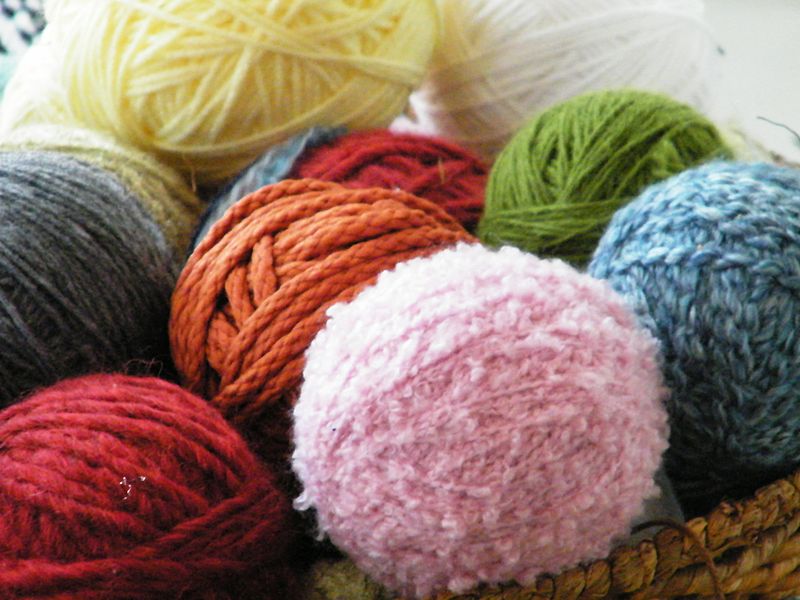Most knitters pick up their needles to relieve their tension rather than create it, but if you don’t understand the basic concept of tension, then your knitting project could end up being too big or too small. On every knitting pattern or ball of yarn there is a diagram showing you what the tension should be, but if you’re anything like most knitters, you’ll completely ignore it and skip straight to casting on your stitches. This is however, sometimes a recipe for disaster.
What Does the Tension Diagram Show?
Every knitter is different. Two knitters using the same yarn, and the same needles, and following the same pattern will produce items which are slightly differently sized. Some people knit very loosely and others wrap the yarn far more tightly around the needles. The tension diagram shows the average tension over a range of knitters. To knit a tension square, you cast on the number of stitches indicated, knit as many rows as the pattern tells you and then compare the dimensions of the square you have knitted against the measurements printed on the ball band or pattern.
Help! My Square Doesn’t Match!
If you’ve knitted a tension square and it is the same size as the standard given, then you don’t need to do anything else. Just rip out the stitches, decide what size of garment you are going to knit and start work. If your tension square is a few millimetres too big or too small, then you have some maths to do. A few millimetres might not seem much, but if you multiply this difference up over the size of a garment like a jumper, it’s easy to see how your end result can be miles away from what you intended. There are a few options. If your tension square is larger than the standard, you can knit a size or two smaller than you usually wear, so that the end garment is about the right size. You could also switch to a different brand of yarn.
Yarn Substitutions
All commercial patterns are designed with one particular brand of yarn in mind, and if you use a different brand then the end result might not be the same. For example, if your pattern is designed to be knitted using Artesano DK yarn, it might end up a completely different size if you use mohair or even another brand of double knitting wool. It is always a good idea to knit a tension square so you can work out if your Artesano DK will do for a pattern designed for a different brand, or whether you will need to make some adjustments.
When It Doesn’t Matter
Tension really only comes into play when you are making items which have to be fitted to the body, such as jumpers, hats, cardigans or socks. If you are making a scarf or a blanket, it doesn’t really matter if the end result is a few centimetres bigger or smaller than indicated in the pattern, so you have more freedom to use whatever yarn you prefer to make these sorts of projects.
Article by keen knitter Morag Peers
